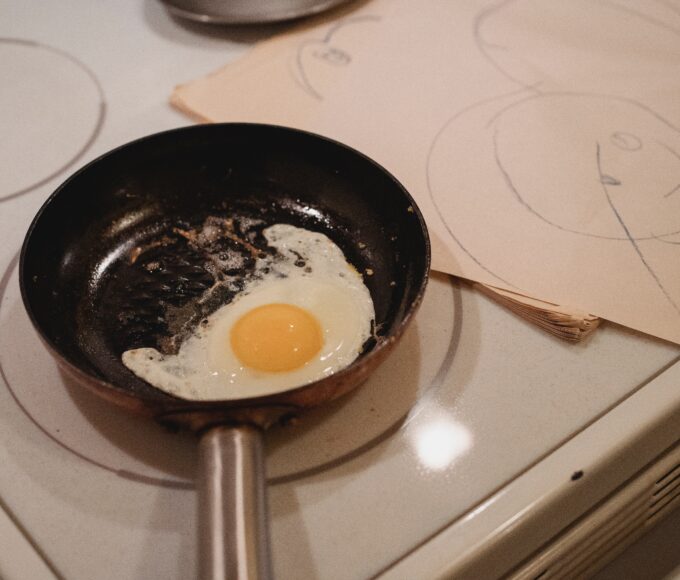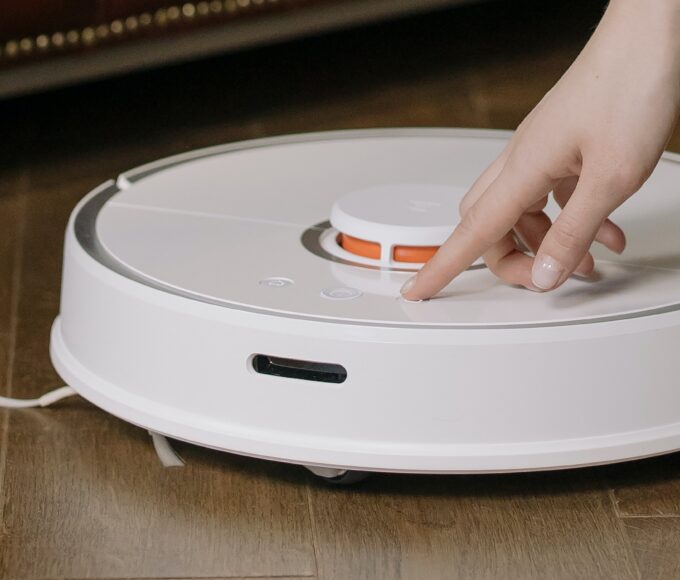
The world is full of fascinating inventions that have revolutionized our lives, including the humble microwave. It is a ubiquitous appliance found in almost every kitchen and office break room, but have you ever wondered how it works? In this article, we will look closer at the science behind microwaves and understand the magic inside these machines.
To begin with, let’s talk about what a microwave is. It is an electronic appliance that uses electromagnetic radiation you can use to heat food; mostly leftovers. Yes, you read that right – radiation! But before you get alarmed, let us assure you that the radiation used in microwaves will not harm you. In fact, it is the same type of radiation that your cell phone uses to communicate with cell towers.
Now, let’s dive deeper into the working of a microwave. Inside the machine, there is a device called a magnetron that generates high-frequency radio waves. These waves have a wavelength of around 12 centimetres and a frequency of 2.45 gigahertz. This frequency is important because it is the same frequency that water molecules in food absorb and convert into heat.
When you put your food in the microwave and turn it on, the magnetron produces these radio waves, which then travel into the food. As the waves pass through the food, they cause the water molecules to vibrate rapidly, generating heat. The heat produced is what cooks your food. It is a simple yet ingenious process that saves us time and effort.
But how does the microwave ensure that the food is cooked evenly? This is where the turntable comes in. The turntable rotates the food so that the radio waves can penetrate all parts of it, ensuring that every part of the food is heated evenly. This is why you often see instructions to stir or turn your food halfway through microwaving – to ensure that all parts of the food are exposed to the waves.
You should also note that not all materials are suitable for microwaving. Metals, for example, reflect microwaves and can cause sparks and fires. This is why you should never put aluminum foil or other metal objects in your microwave. Similarly, plastics that are not microwave-safe can melt and release harmful chemicals into your food.
In conclusion, the microwave is a marvel of modern technology that has made our lives easier and more convenient. By understanding the science behind it, we can appreciate its workings even more. So the next time you pop your leftovers into the microwave, take a moment to marvel at the magic that is happening inside!
Recent Posts
Best Smart Light Switch For Google Home
6th May 2023Best No Hub Smart Bulbs For Alexa And Google Home
6th May 2023How to connect smart light to google home
6th May 2023Best 2 burner induction cooktop built-in
29th April 2023Related Articles
DIY workstation sink at home
Setting up a workstation sink at home can be a great addition...
ByOlaoluwa Johnson T.10th April 2023How To Use An Induction Cooking For Dummies
Have you been looking for the best ways to use induction cooking...
ByOlaoluwa Johnson T.10th April 2023How to choose the right vacuum cleaner for your home
How to choose the right vacuum cleaner for your home can sometimes...
ByOlaoluwa Johnson T.2nd April 2023Three things needed to prevent a fire from occurring in your home
As the world advances, so do the numerous challenges we face. A...
ByOlaoluwa Johnson T.12th March 2023










